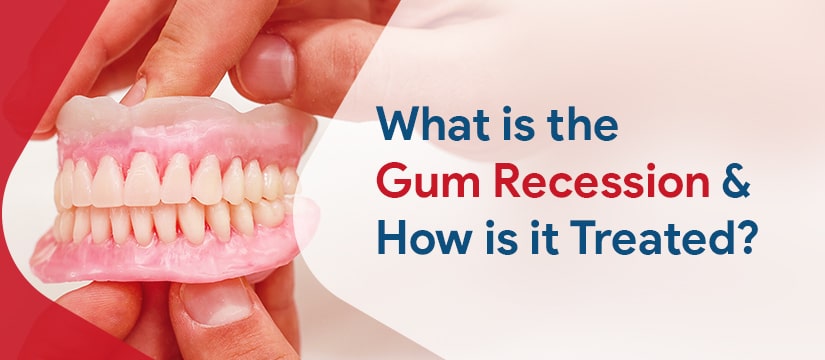https://carrumdownsdental.com.au/smoking-how-does-it-destroy-your-oral-health/
What is gum recession?
Gum recession is a form of gum disease that happens when the tissue around your teeth moves away and exposes the roots below. Your teeth are more vulnerable to cavities, and you’ll find them more sensitive when brushing or eating. Gum recession can be mild, moderate, or severe and may affect one tooth or multiple teeth.
Causes of Gum Recession
- Periodontal Disease
This is the most common cause of gum recession, as it can damage the gum tissues and cause them to shrink. The gums may also recede further away from the teeth, which can make it more difficult for you to clean them properly. Be sure to check with your dentist if your gums are painful, red, swollen, and bleeding.
- Overuse of Mouthwash
Washing your teeth too often with strong mouthwashes can actually cause the gums to recede. This is because harsh mouthwashes are known to contain ingredients that can destroy tooth enamel and remove protective bacteria from the mouth. As a result, your gums may start to recede more aggressively than they would if you didn’t use mouthwash at all.
- Poor Oral Hygiene
Poor oral hygiene can cause plaque and tartar to build up on the teeth and around the gum line, which can lead to gum recession.
To prevent gum recession, brush your teeth twice a day and floss at least once. And make sure to drink plenty of water, eat a healthy diet, and avoid smoking to keep your mouth healthy.
- Genetics
Some people are more prone to experiencing gum recession than others. This is likely due to your genes – you cannot control how your teeth and gums grow, but you can control how well you keep your oral hygiene skills up. If one of your parents had a gum recession, it’s likely that you will too. Fortunately, you can talk to your dentist about how to treat genetic gum recession.
Treatment of Gum Recession
- Proper Oral Care
Re-evaluating your dental care routine should be one of your first measures. Change your toothbrush after every three months. It also helps if you can use an electronic toothbrush. Also, visit your dentist regularly for routine check-ups.
- Scaling and root planing
This is one of the most effective treatments for gum recession. It involves removing plaque and tartar from beneath the gum line where normal brushing and flossing cannot reach. Root planing involves the removal of plaque and tartar from the roots of the teeth. The procedure will help the gums reattach the gum to the teeth.
- Graft Surgery
The dentist can recommend graft surgery if the gums are severely receded. The dentist will remove some gum tissue from a different place and cover the exposed tooth. This prevents the gums from receding further.
- Pinhole Surgical Technique
This is a new treatment that involves making some tinny holes above the receding gum tissue. The procedure is minimally invasive. The dentist will insert a unique dental tool that will help stretch the gums back to position.
Bottom Line
If you think that you might be having a gum recession, schedule an appointment with us at Carrum Downs Dental Clinic. Our experienced, gentle, and welcoming professionals will make you feel at home and will leave you with a healthy mouth.


